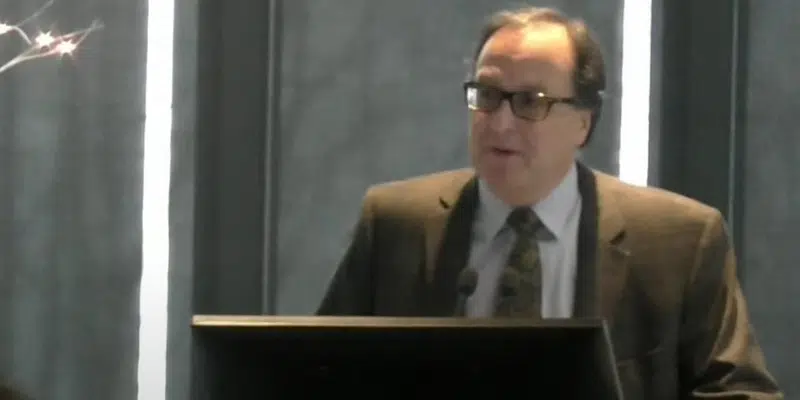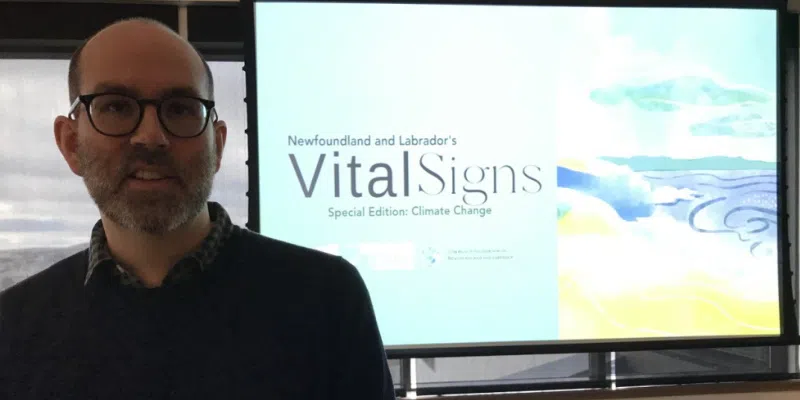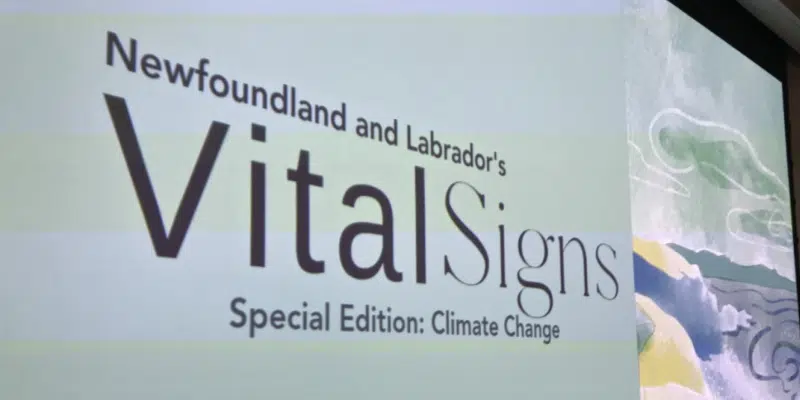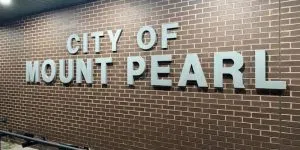Greenhouse gas emissions in the province have been steady belt for the past decade despite increased awareness of climate change and global demand to address it.
That’s just one of the many Vital Signs highlighted in the Harris Centre and Community Foundation of Newfoundland and Labrador’s annual report on the state of the province.
This year’s edition focuses on creating economic and social prosperity while mitigating and adapting to climate change.
It also simply addresses, in tabloid newspaper style, the specific issues of coastal erosion, Fiona-like flooding, food security, and the fishery.
But of note is the lack of reduction in greenhouse gases in the province over the past 10 years.

Harris Centre director Rob Greenwood says that’s telling on several levels.
He says output has remained consistent despite calls to reduce, with the exception of 2020, which was likely due to COVID restrictions that kept many at home, but also kept transportation to a minimum.
After transportation, the top five industrial polluters continue to be IOC in Lab West, the Holyrood Generating Station, and three offshore oil sites: Hibernia, Hebron and the SeaRose FPSO.
The report also noted overall demand for gasoline in this province is 36 per cent higher than the national average, mainly due to a population spread out over a large geographic area.

Meanwhile, a MUN climatologist and Vital Signs contributor says those who welcome the warmer temps should think again.
Joel Finnis warns that warmer weather comes with a cost.
He says those costs include more freeze and thaw, more rain on snow, rising sea levels, more flooding, not to mention recent events such as the forest fires in central this past summer and heat warnings that forced postponement of the Tely 10.























